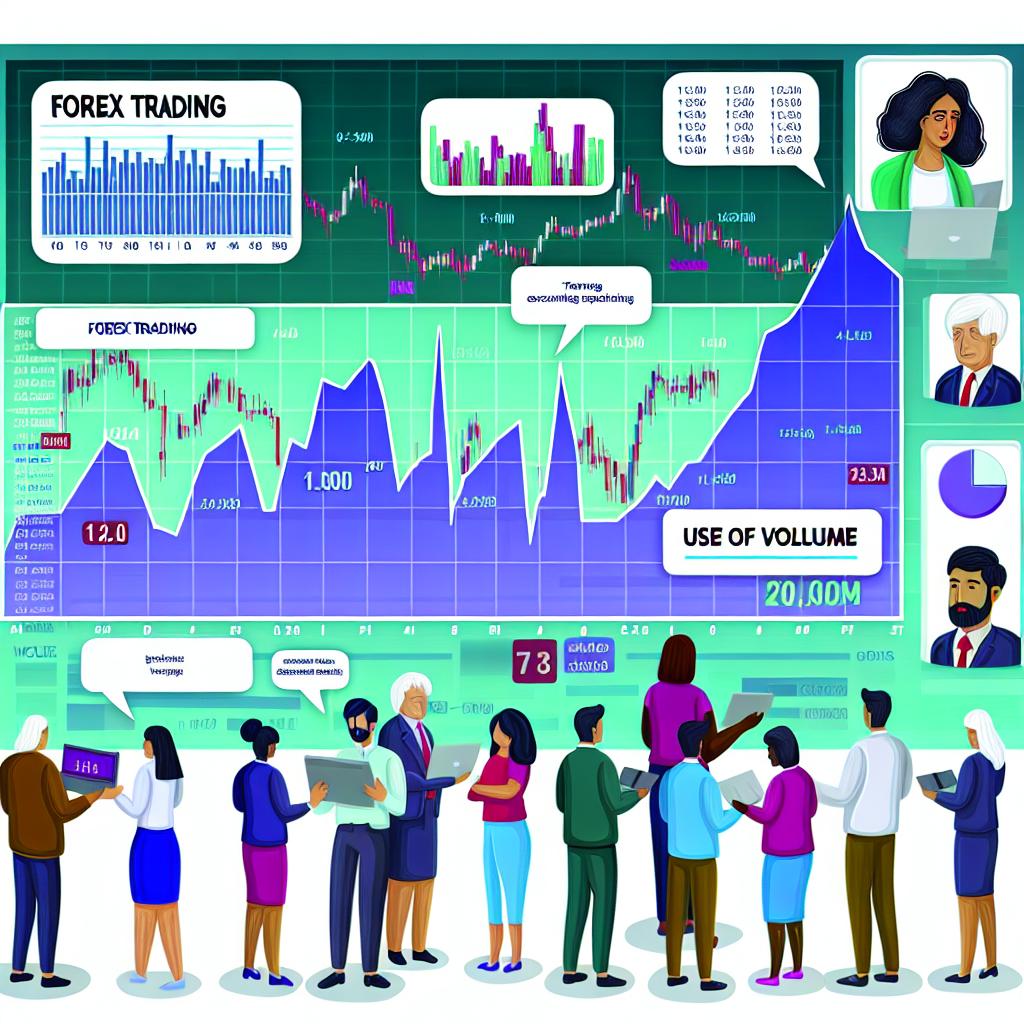Understanding Volume in Forex Trading
In the dynamic world of forex trading, volume refers to the number of lots traded within a currency pair over a certain period. Unlike traditional stock markets, forex lacks a centralized exchange, which results in the absence of centralized volume data, adding complexity to the analysis of volume. Despite these challenges, understanding and effectively utilizing volume can significantly augment trading strategies by providing crucial insights into market movements and participant behavior.
The Role of Volume Indicators
Volume indicators are invaluable tools for traders looking to evaluate the momentum behind a price trend. They offer insights into whether a current trend is likely to continue, reverse, or lose strength. Here, we explore some key volume indicators commonly used in forex markets:
1. Tick Volume: In forex, true volume figures are not available. To circumvent this, platforms use tick volume, which denotes the number of price changes during a specified period. Traders often operate on the presumption that an uptick in tick volume signals increased trading activity, reflecting a stronger market consensus.
2. On-Balance Volume (OBV): This tool uses the concept of volume flow to anticipate changes in asset prices. By adding volumes on upward market days and subtracting them on downward days, OBV suggests that shifts in market volume often precede price movements. Large changes in the OBV line can hint at upcoming changes in price trends.
Utilizing Volume for Trend Confirmation
Volume plays a critical role in confirming trends and validating breakout movements in forex trading. When a currency pair decisively moves through established support or resistance levels, increased volume can signal the sustainability of the breakout. Conversely, breakouts occurring on low volume may warn traders of a false breakout, critical insight for making informed trading decisions.
Integrating Volume with Price Analysis
Incorporating volume indicators with other analytical tools can provide a more robust framework for decision-making. Let’s delve into how volume interacts with various methodologies:
Volume and Moving Averages: Observing a currency pair that concurrently experiences a price rise and increased volume while surpassing a moving average often signals a strong upward trend. Conversely, if prices decline with rising volume and fall below a moving average, it suggests bearish sentiments within the market.
Volume and Candlestick Patterns: Volume indicators can confirm recognized candlestick patterns. For instance, in a bullish engulfing pattern, the presence of high volume when the second candle forms reinforces the potential for a trend reversal, giving traders greater confidence in acting on this signal.
Strategic Considerations
Traders should approach the use of volume with a strategic mindset. While volume is a potent tool, it should not be the sole basis for trading decisions. It’s vital to consider the broader market context, incorporating diverse data sources and analytical techniques. This multilayered approach helps prevent misinterpretations that can arise from relying on volume data alone. Educational resources, such as Investopedia, offer valuable insights into technical analysis methods, broadening one’s trading toolkit.
In conclusion, although forex trading does not offer a complete picture through volume analysis alone due to the absence of centralized data, when combined with other technical and fundamental analysis methods, it stands as a potent tool for developing more nuanced and effective trading strategies. Regular analysis, a commitment to continual learning, and a pragmatic approach to signal interpretation will empower traders to utilize volume data more successfully, enhancing their market engagement and trading outcomes.










